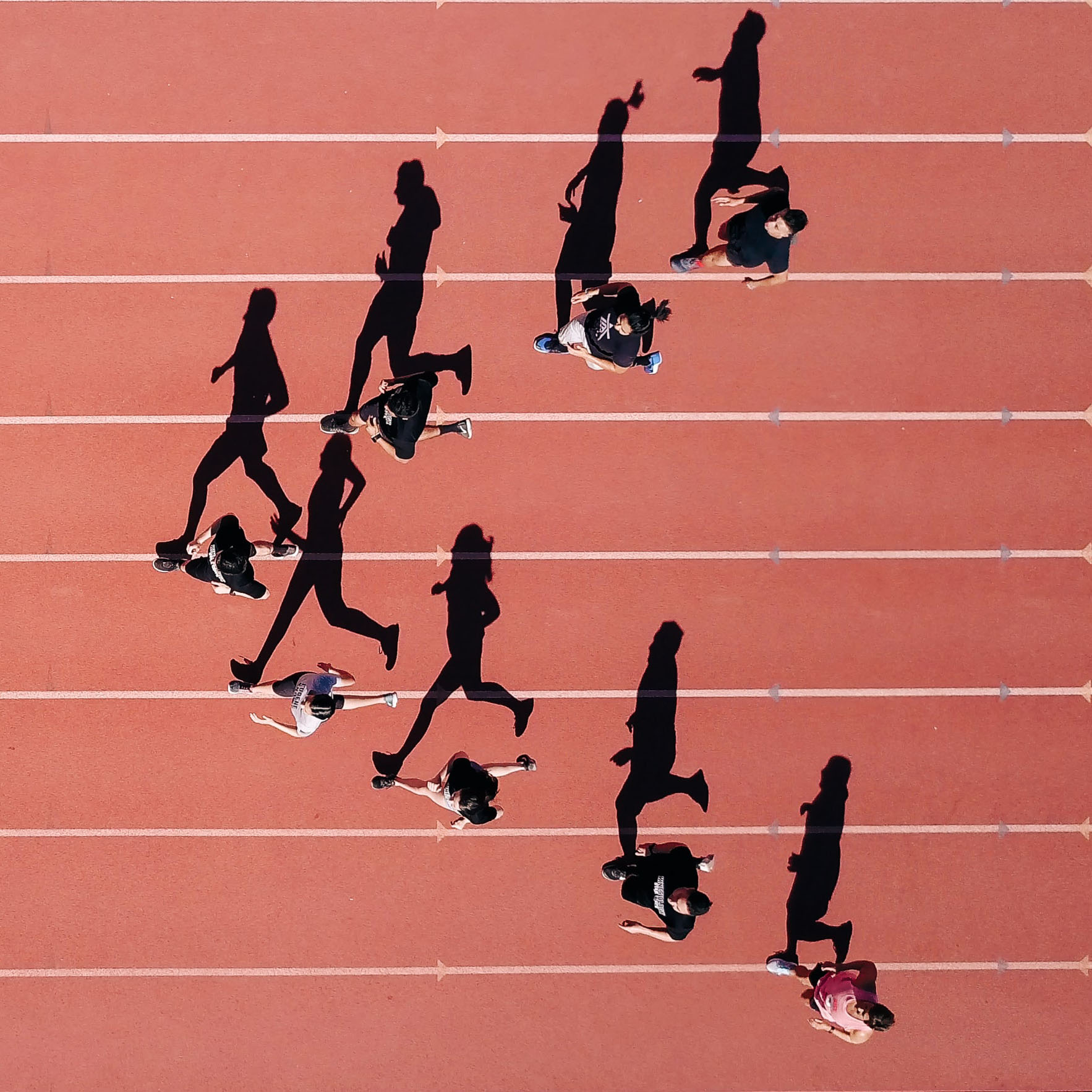A design sprint is a research strategy which focuses on and explores a feature or specific part of a product. With a limited scope and a short duration of a week, a sprint can test and validate ideas about user flow, functionality, and interaction design around a specific product goal. To elaborate on [Maria’s post about Design Sprints] (https://dockyard.com/blog/2015/08/17/design-sprints-what-are-they-for), here’s a “what to expect” about participation, outcomes, and deliverables.
Participation
A stakeholder from the product in development is a very important participant in the design sprint, and they should expect to be hands on and present for the full sprint duration. Design sprints move very fast, and their industry knowledge and understanding of the product is key to a successful outcome. The team can move forward quickly and efficiently with the availability to ask questions and help make informed assumptions along the way. Stakeholders come with unique insights about the product that can illuminate conditions of the target market, knowledge about users, business goals, and any known limitations or pre-existing conditions up front.
Planning the sprint objectives and project goals before the start of the sprint is important to stay focused on the task at hand. New ideas will arise during a sprint - the design team leader will make sure to document for later, or redirect the sprint to address those considerations if they are integral to the solution.
Outcomes
Part of establishing project goals is determining the outcomes and deliverables that result as a product of the sprint. The outcomes of a design sprint depend on the state of your product before the design sprint, and based on the project goals that were defined. The outcome of a sprint can go many different ways:
-
A working prototype. Usually for a one-week design sprint, the result is a clickable prototype and one or two user stories. The thinking that went into defining the user flow and key interactions can be tested and validated through the prototype and user testing.
-
Detailed wireframes and a full user flow. Often times, a series of sprints are held to explore a more complex product. With each week focusing on a different facet of the product, wireframes and prototypes from each sprint can start to carry over to inform design decisions in consecutive weeks. With consecutive sprints, it is possible to explore the product more deeply and examine the connections and interdependencies between the proposed user flows.
-
Preliminary visual design. If the content of a given sprint is narrow in scope, there may be time at the end of the sprint to begin visual design. Developing a visual style for the product can inform prototypes in consecutive sprints, or lay a framework for visual tone in the product itself.
-
Product direction. For newer products, sprints can explore the wide landscape of possibilities to discover and prioritize the best ways to move forward. A sprint can help select and test directions early on to determine the strongest product values to put into action.
Deliverables
The deliverables for the following outcomes may come in various forms such as original files (Sketch, photoshop, illustrator documents), JPGs/PDFs/PNGs, links to online prototypes, and photographs.
The outcomes of a design sprint are more strategic in nature and not a fully completed project. What you’ll take away from a sprint are research tools, the skeleton of an interface with core features and interactions and, most importantly, a better understanding of the next steps for your product. Setting these expectations for participation, outcomes, and deliverables up front is imperative to a successful design sprint.
We’re excited to share more of our process with you through our soon to be released (and free) design sprints resource guide! Signup to the DockYard newsletter below and we’ll let you know when it has been released.


